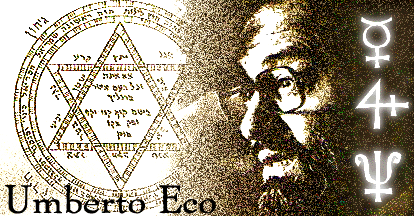Lesson 1: "What is semiotics?"
Terminology (2)
"semiotic"
In the nineteenth century, Charles Peirce (pronounced 'purse')
defined what he termed "semiotic" as the "quasi-necessary, or formal doctrine
of signs", which abstracts "what must be the characters of all signs used by...an
intelligence capable of learning by experience", and which is philosophical logic
pursued in terms of signs and sign processes.
Charles Morris followed Peirce in using the term "semiotic" and in extending
the discipline beyond human communication to animal learning and use of signals.
Note that Saussure's  term, 'semiology' is sometimes used to refer to the Saussurean tradition, whilst 'semiotics' sometimes refers to the Peircean tradition, but that nowadays the term 'semiotics' is more likely to be used as an umbrella term to embrace the whole field term, 'semiology' is sometimes used to refer to the Saussurean tradition, whilst 'semiotics' sometimes refers to the Peircean tradition, but that nowadays the term 'semiotics' is more likely to be used as an umbrella term to embrace the whole field
|
Class assignment (pair work, done orally):
Present the information on the following 4 pages (frames 3-6) as article extracts (from web-publications or paper editions).
Design them to look appropriately.
Do the following:
- hightlight the keywords,
- highlight the main idea,
- add subheadings (if necessary),
- segment the information (if you think it appropriate),
- add an illustration or an icon if you want.
You may use ".doc" format file for creating your project.
Example (based on the quotation above):
The study of “everything which can be used in order to lie”

Semiotics is concerned with everything that can be taken as a sign.
A sign is everything which can be taken as significantly substituting for something else.
This something else does not necessarily have to exist or to actually be somewhere at
the moment in which a sign stands in for it.
Thus semiotics is in principle the discipline studying everything which can be used
in order to lie. If something cannot be used to tell a lie, conversely
it cannot be used to tell the truth; it cannot in fact be used 'to tell'
at all.
I think that the definition of a 'theory of the lie' should be taken as
a pretty comprehensive program for a general semiotics.
|
Resources for Lesson 1:
Chandler, Daniel. Semiotics for Beginners.
Danesi, Marcel, and Paul Perron. Analyzing Cultures: An Introduction and Handbook. Bloomington: Indiana UP, 1999.
Eco, Umberto. A Theory of Semiotics. Indiana UP, 1976.
|
Пермский государственный университет
|